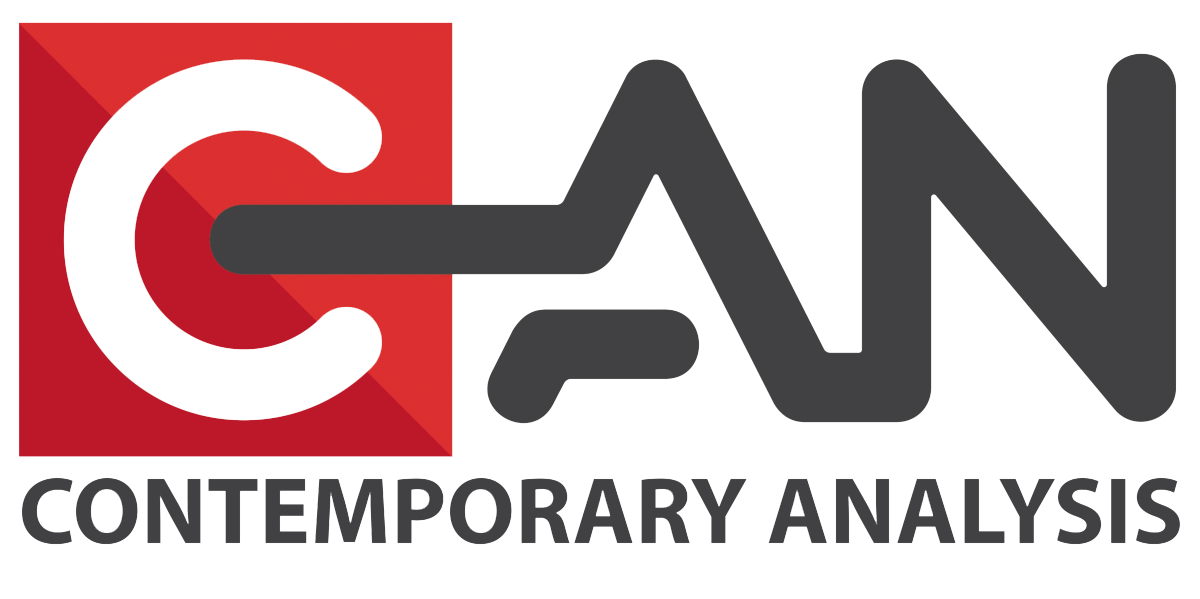I have listened to a lot of conversations about how we are worse off than our parents,...
News
read more
The Future is Now
There is something very strange about Contemporary Analysis. It’s not something that can...
Increase Your Share of Wallet
By definition "Share of Wallet" is the percentage of a customer's expenses for a product...
Why you should update predictive models
After writing my previous post, "How Often Should You Update Predictive Models", it was...
How Often to Update Predictive Models
Everyday new information is being created in your business. Your customers are buying...
History of Predictive Analytics: Since 1689
Many people credit the rise of predictive analytics to the technological advances of the...
Predictive Analytics is Not a Crystal Ball
Its common to see predictive analytics as a sort of "crystal ball" for your business....
The New Frontier of Data Science
Most of us think of our world as having already been explored. After all, the days of...
Predictive Analytics improves M&A Activity
There have always been two major ways to expand your business: Grow it, or Buy it....
